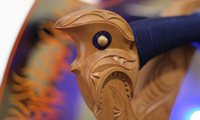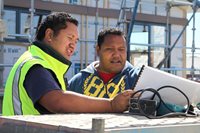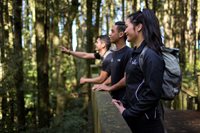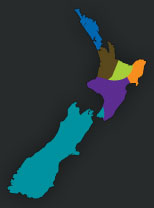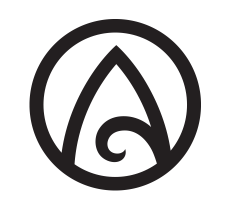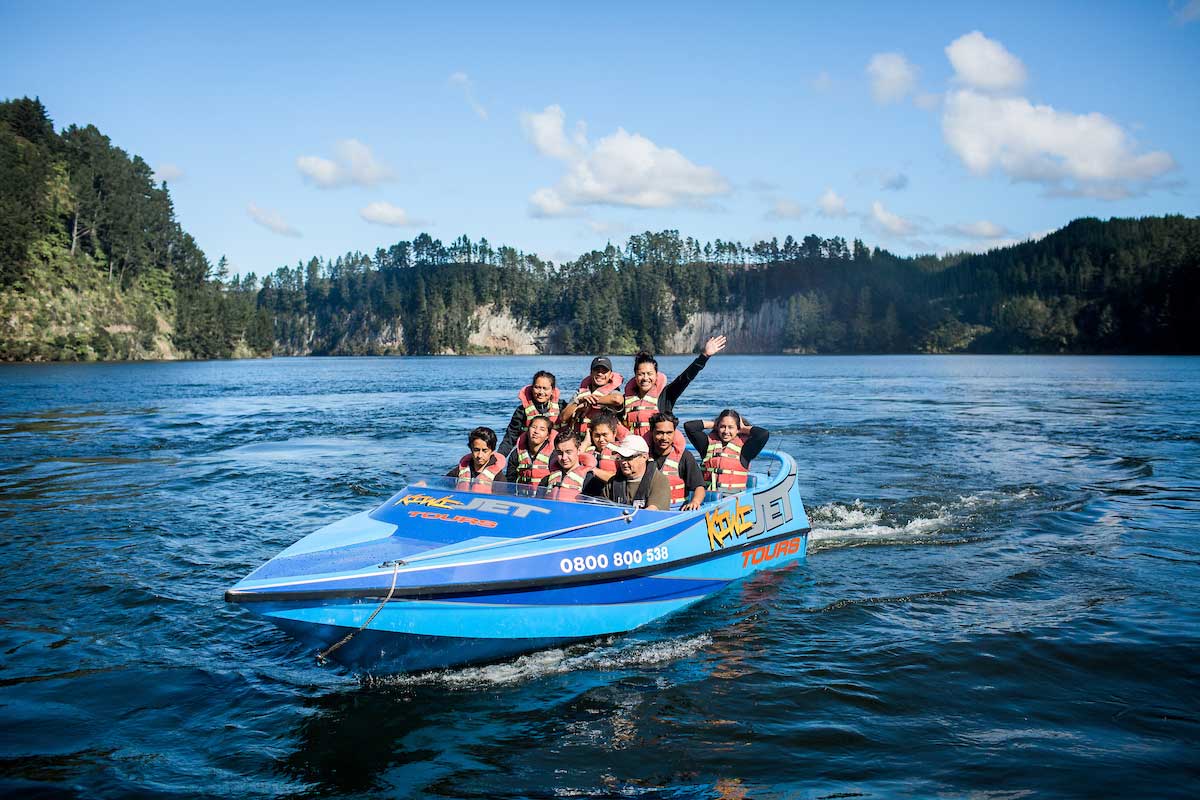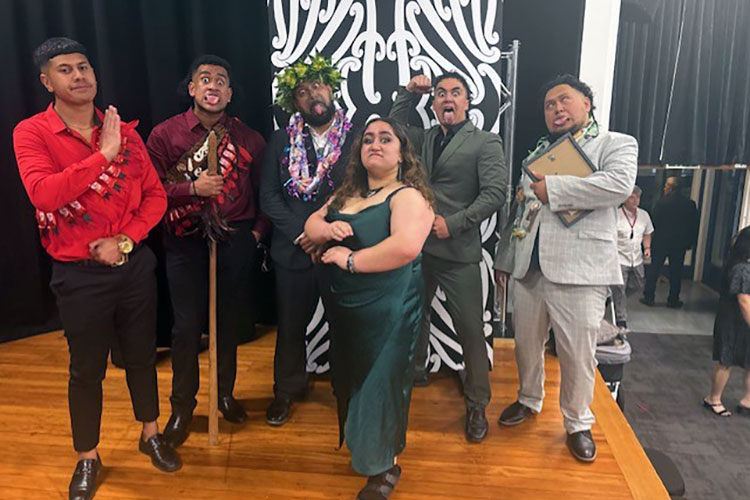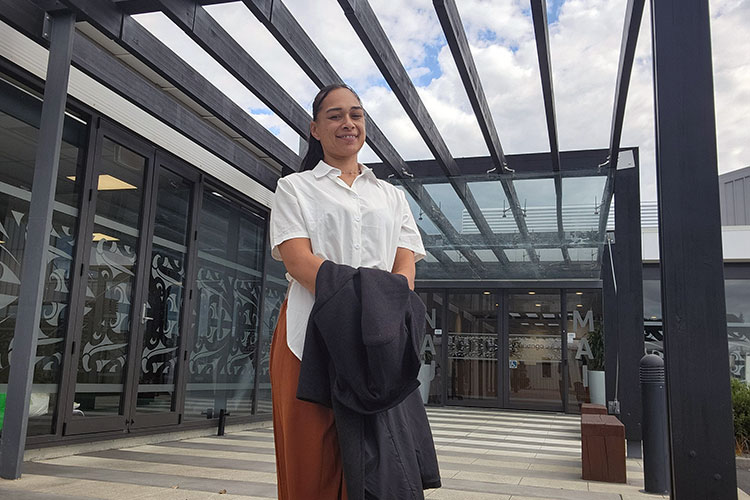Youth Guarantee tourism tauira on a jet boating trip. A new offsite activity assessment form must now be completed before kaimahi and tauira undertake any offsite activities.
Does your offsite activity have.
- Potential for injury or illness?
- Potential for drowning?
- Potential for falling from a height?
- Potential to exposure to adverse weather conditions?
- Potential for becoming lost during activity?
If you answered “yes” to any of these or think your activity may have an element of risk, you must submit an offsite activity assessment form
Offsite and outdoor activities will be back soon – but you must complete this new form first.
You may be thinking about your next team building exercise that could include a day on a ropes course, doing orienteering in the bush or crossfit in the park with tauira.
Then again, it could be a barbecue at the beach for your end of year do, with a dip in the sea after lunch.
But have you fully considered any areas of risk or danger with the activity you’re about to do and how you’d respond if anything did happen?
A new health and safety form will help all kaimahi planning their next outdoor and offsite activity to identify potential risk and to prepare ahead.
The new OA (Offsite Activity) Assessment form, which will replace the HS10 form will cover any offsite activity and determine if there is an element of risk that could lead to serious injury or illness.
We have a group of takiwā kaimahi and kaiako who have been helping Te Marupainga with the review of the new OA Assessment form which is expected to be completed by mid April.
It’s the result of a review that started when Te Taiurungi put all offsite activities on hold late last year after the Tongariro Alpine Crossing incident.
Te Taiurungi called for a temporary ban on these activities pending the outcome of an investigation and review of current procedures.
Lead Environment Safety and Wellness, Harata Samuel said the new form and process would require kaimahi to indicate what risks exist with the activity and whether there is potential for injury or illness, drowning, falling from heights, exposure to adverse weather conditions and potential for becoming lost.
It also alerts Te Marupainga to any potentially high-risk activities that could be happening offsite.
"What we are trying to do is ensure that our kaimahi are being conscious about some of the activities that they’re doing while they’re offsite,” said Harata.
"In the warmer months, a common one was kaimahi going swimming in the river and going to the beach. In this health and safety space we can’t just go off and do these things without the proper risk management and proper procedures in place to support those activities."
"We found quite a number of inconsistencies around the motu so it was all about identifying these processes, simplifying, training and communicating them."
The form helps to determine if any safety precautions are required for the activity, what needs to be done to eliminate the risk prior to going out and who is responsible for these things.
It breaks down the risk controls needed including the training or competency requirements for the activity, the environmental conditions you may encounter and whether specialist clothing or equipment is needed.
It also makes kaimahi take into account if certain levels of fitness are required for the activity and if anyone in the group has first aid training.
"We could use our YG (Youth Guarantee) classes as an example because to keep their motivation levels up and keeping them engaged they have to do a lot of their learning outside of the classroom."
"So for now it’s about encouraging them to go to a space that is as low risk as possible. To out and get some fresh air, throw the ball around at a park or do team sports activities as opposed to going swimming at the beach or trekking in the bush. Instead of just getting up and going, a bit of planning and preparation beforehand will now be required."
"Then it’s about checking on the day of the activity to make sure everything in your plan is still consistent."


